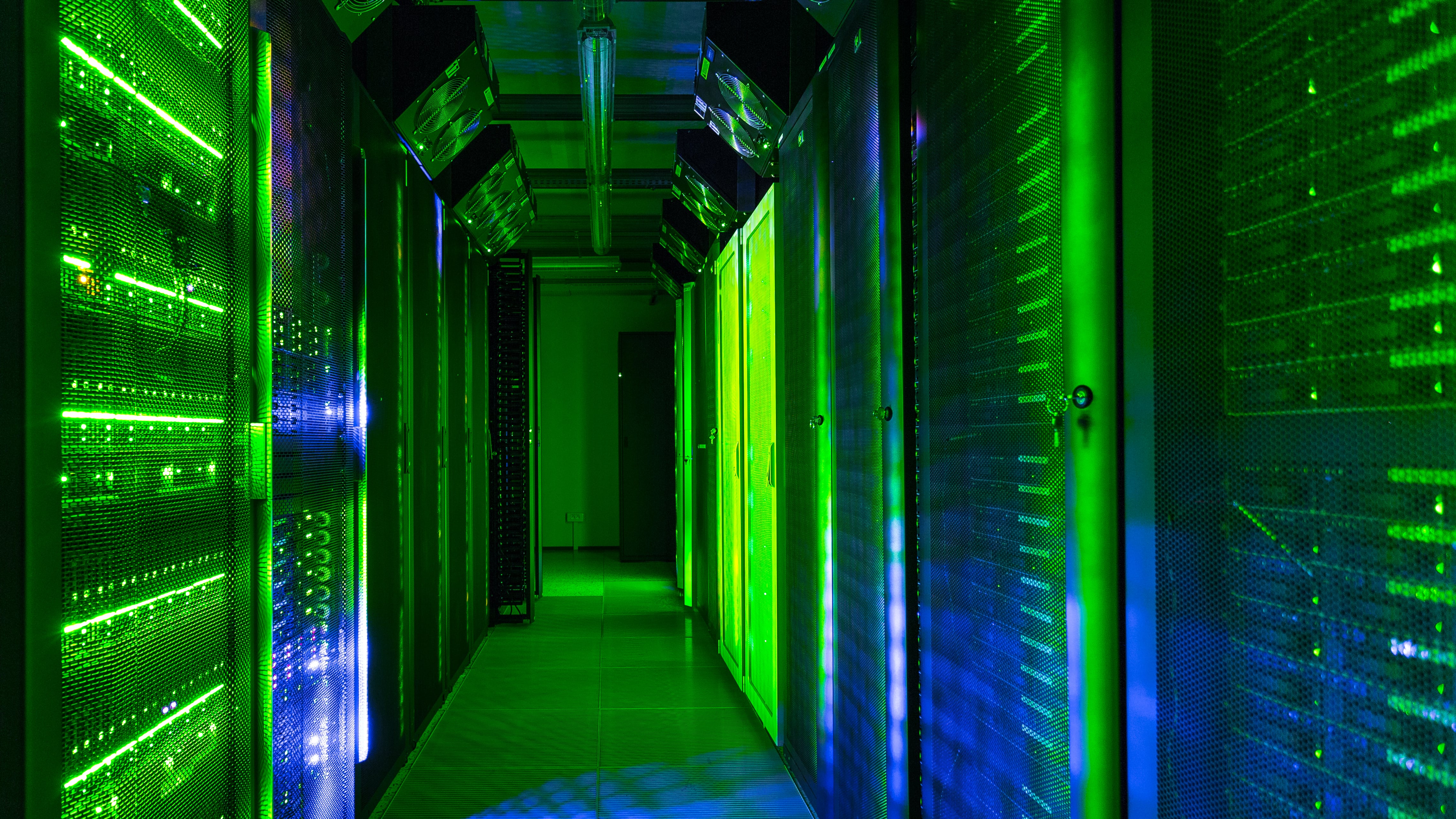No 'independent chip makers and system makers and storage makers': Industry expert paints bleakest picture of future of IT — insatiable tech appetite of Google, Microsoft and other hyperscalers could kill off competition forever
Fewer enterprises, governments, and academic institutions are running their own hardware

In IDC’s own words, its Worldwide Quarterly Enterprise Infrastructure Tracker: Buyer and Cloud Deployment is "designed to provide clients with a better understanding of how enterprise infrastructure technologies (server, external enterprise storage systems, purpose-built appliances: HCI and PBBA) are being deployed in cloud environments and what type of buyers are acquiring them."
The Next Platform has been following these trackers as they are released every quarter, and noticed that while hyperscalers, cloud builders, and other service providers who “build datacenter infrastructure and sell capacity on it” surpassed 50 percent share of the combined server and storage revenues in the first quarter of 2020, by the close of 2028, if IDC is right, that figure will have jumped to 69.7 percent.
The reason, of course, is LLMs. While enterprises, governments, and academic institutions (EG&As) all desire to ride the AI wave, it will be more affordable for them to do so through the cloud rather than buying, running and maintaining their own data centers.
No server makers
Digging into IDC's data, The Next Platform’s Timothy Prickett Morgan has identified that “non-cloud” spending is now seriously below “all-cloud”, and this is a trend that shows no signs of slowing.
Prickett Morgan paints a grim picture of where this might lead us. “In that longest of runs, enterprises may lose the skillsets required to run their own infrastructure as they become more dependent on service providers. In that longest of runs, there may not be independent chip makers and system makers and storage makers, and IT may get a hell of a lot more expensive because of that. There may not be any server buyers at all, and no server makers. Just hyperscale clouds (that is an intentional hybrid) that sell application access with expensive AI built in that no one can easily replicate in a datacenter of their own, all based on hardware of their own design and making.“
And things get gloomier. “What if the plan for the hyperscalers and cloud builders is not just to build their own stuff, but to keep you and your OEM partners from building an alternative? That is what happens when the EG&A sector gets too small, and don’t think for a second these ever-hungry behemoths don’t know it.”
That may sound like the worst case scenario, and it may not come to pass, but the trends and projections presented by IDC and analyzed by The Next Platform underscore genuine concerns within the tech community. If organizations increasingly depend on hyperscale clouds and invariably lose the capability to run their own hardware, this could create a tech monopoly where only a handful of major players dictate the terms of IT solutions. The consequences could range from inflated pricing to reduced options for customization and flexibility. This is a transition that organizations, tech vendors, and policy makers need to monitor closely.
Sign up to the TechRadar Pro newsletter to get all the top news, opinion, features and guidance your business needs to succeed!
More from TechRadar Pro

Wayne Williams is a freelancer writing news for TechRadar Pro. He has been writing about computers, technology, and the web for 30 years. In that time he wrote for most of the UK’s PC magazines, and launched, edited and published a number of them too.